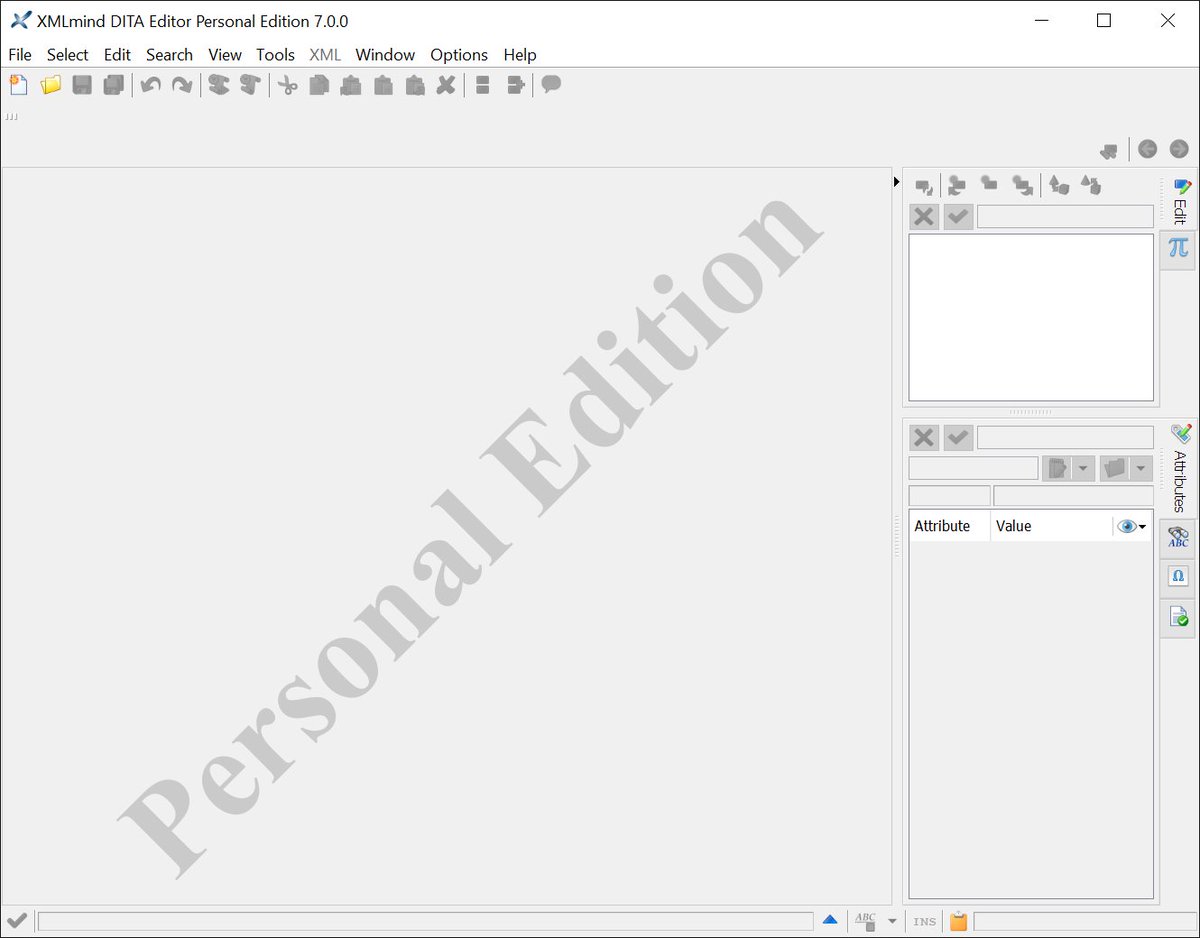

The document generated by this command can be edited and printed using Microsoft® Word 2003 and above. Convert to WordprocessingML (Word 2003+).Ĭonverts the document being edited to WordprocessingML using XMLmind FO Converter. The document generated by this command can be edited and printed using Microsoft® Word 2000 and above. Convert to RTF (Word 2000+)Ĭonverts the document being edited to RTF (Rich Text Format) using XMLmind FO Converter (see ). Give to the output folder the name specified in Ĭopy the output folder containing the generated Eclipse Help document to eclipse_install_dir/dropins/ and not eclipse_install_dir/plugins/.Ĭonverts the document being edited to EPUB. Specify the following XSLT stylesheet parameters:, ,, prior to selecting DocBook → Convert Document → Convert to Eclipse Help Example: para element having id=" C" is ``demoted''. If another type of child element is selected, this element and all the other ``body elements'' which follow it are wrapped in a newly created subsection.
XMLMIND NEXT PREVIOUS LINKS HOW TO
How to do this is explained in next section. This results in:to declare the collection of DocBook documents in which olink is used for cross-referencing. Example: sect2 element having id=" C" is ``demoted''. If a section is selected and if this section is not preceded by a section of the same type, a new section is created and selected section becomes a subsection of this new section. Example: sect1 element having id=" C" is ``demoted''. If a section is selected and if this section is preceded by a section of the same type, this section becomes a subsection of its preceding sibling. Otherwise, this menu item displays an indexterm editor dialog box allowing to create a new indexterm element and then to insert it at caret position. If the caret is anywhere inside an indexterm element or if a single element or node is explicitly selected anywhere inside an indexterm element, this menu item displays an indexterm editor dialog box allowing to modify this indexterm element. Use DocBook → Link callouts to link the hot areas to the corresponding callout elements (and the other way round of course). Do not bother setting the links of any of these callouts because there is a way to do this automatically. The number and order of the callouts must match the number and order of the hot areas because this is how the correspondence between a hot area and a callout is established. Do not bother setting the links of any of these hot areas because there is a way to do this automatically.Īdd one callout per hot area to the calloutlist. Use the image map editor in XMLmind XML Editor - Online Help to add “hot areas” to your image.

Right-click anywhere inside the newly inserted imageobjectco element and select " Edit Image Map" from the contextual popup menu. Specify which image file to use, for example, by right-clicking the image placeholder and then selecting " Set Image" from the contextual popup menu. Use tool bar button " Add image" and select " mediaobject(calloutlist)" to add a mediaobject element containing an imageobjectco element to your document. In order to use this command, you need to: Useful information about callouts is found in DocBook XSL: The Complete Guide by Bob Stayton: Program listings, Annotating program listings, Callouts.

Links a sequence of callout elements to the corresponding sequence of co or area elements (and, of course, also the other way round). This command currently works for informaltable/ table (CALS tables only, not HTML tables), informalfigure/ figure and informalexample/ example. Convert between informal element and elementĬonverts an “informal element” to/from a “formal element” having a title. Available document templates are listed in the dialog box displayed by menu item File → New in XMLmind XML Editor - Online Help. For example, this menu item works when selected element is a chapter, section, appendix, etc, but not when the selected element is para, table, etc. For example, it can be used to save selected chapter to file chapter1.xml and then to replace selected chapter by in a monolithic book document.įor this menu item to work, a document template having the same root element as selected element must be available. More precisely this menu saves explicitly selected element to a separate document and then replaces the selected element by a reference to the separate document. Makes it easy converting a large, monolithic, document to a modular document. This menu item is present only if the document being edited is a DocBook version 5 document. When there is no selection, these menu entries paste their elements at any valid position in the document following the caret position. When there is no selection, this menu entry pastes its element at caret position (just like Edit → Paste).Īll the other menu entries also replace the text or node selection if any. Menu entry " inlinemediaobject" replaces the text or node selection if any.


 0 kommentar(er)
0 kommentar(er)
